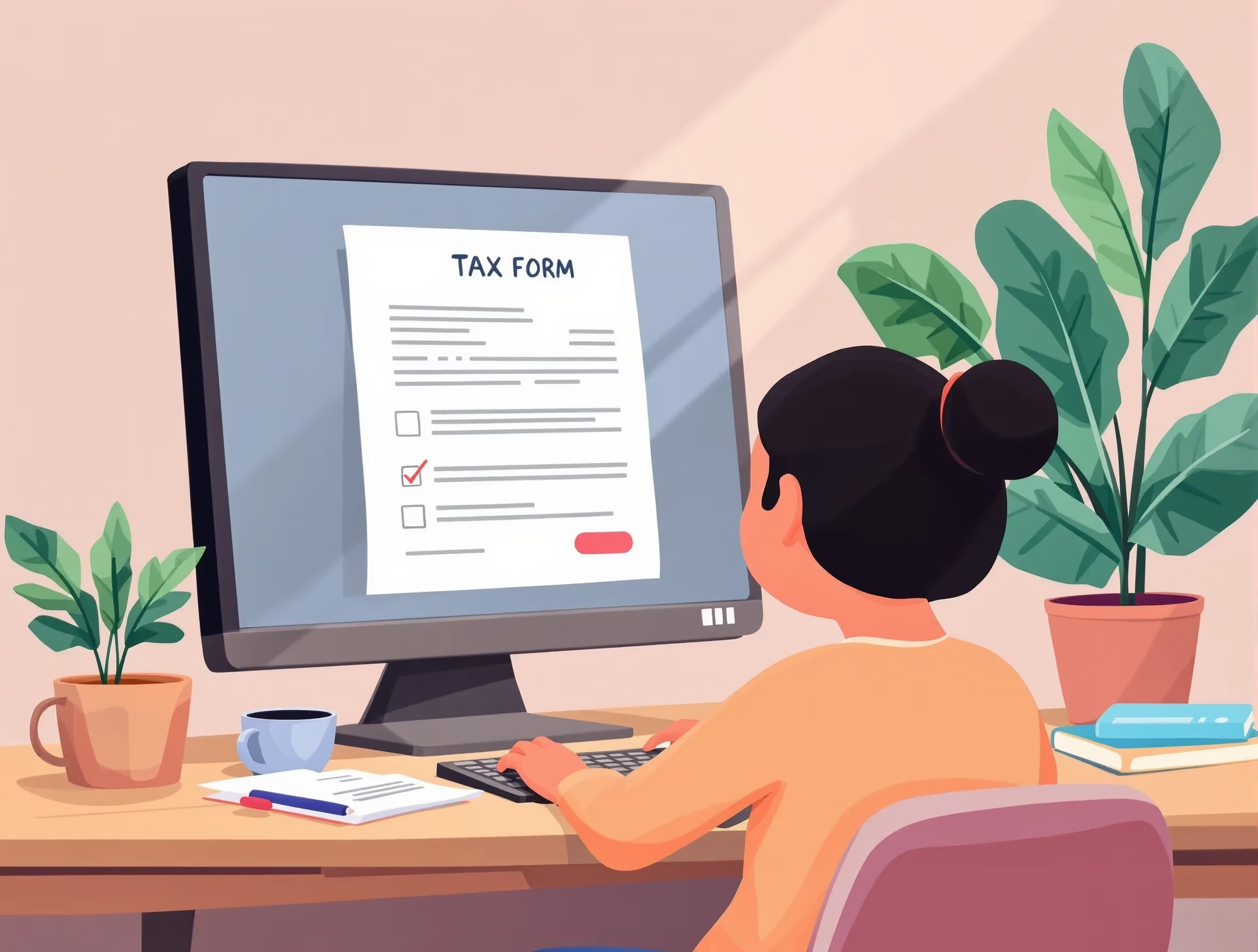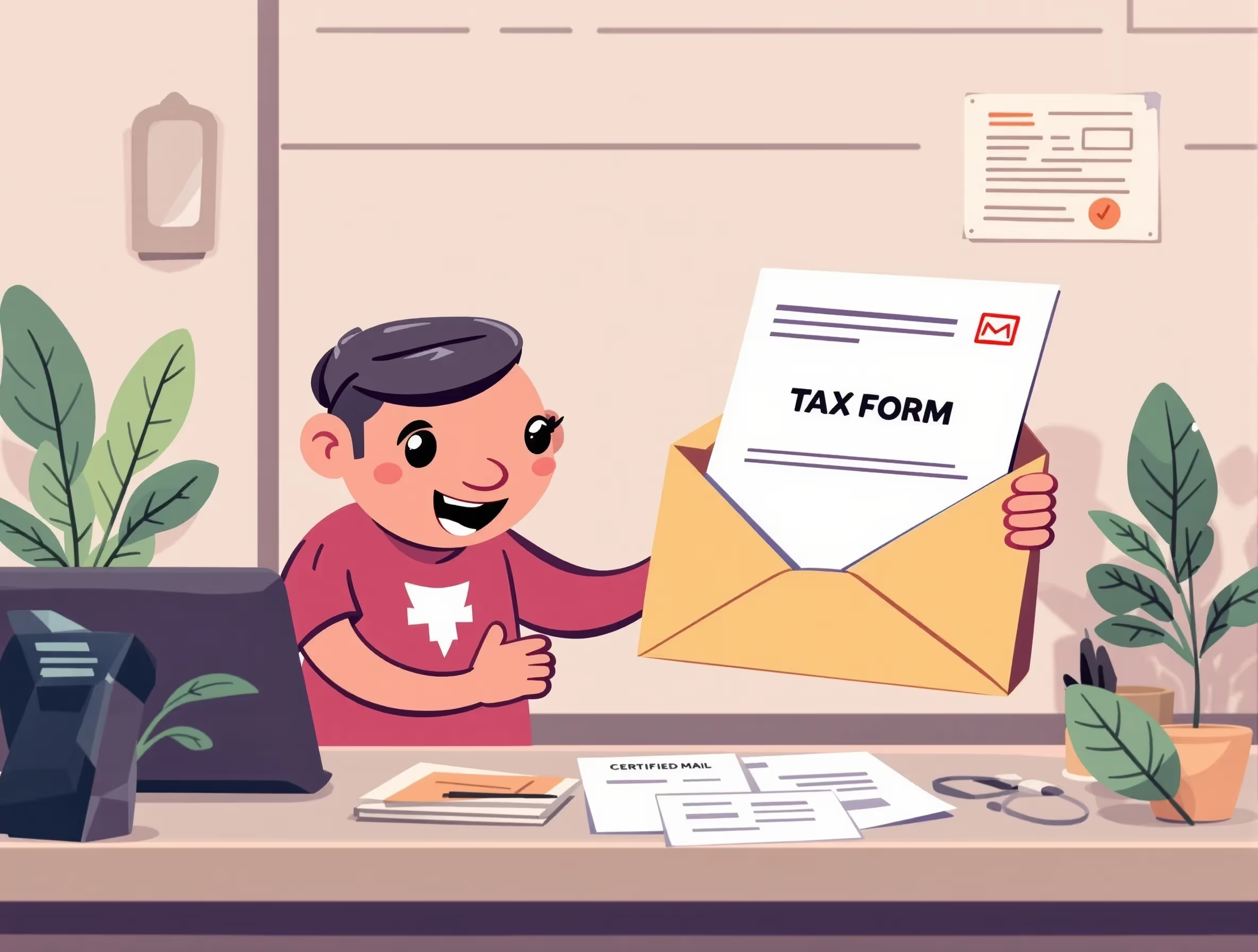
What Form 8886 (2020) Is For
Form 8886 (2020) is used to disclose reportable transactions to the Internal Revenue Service for proper examination. The form applies to individuals, partnerships, S corporations, and tax-exempt entities that claim tax benefits through certain transactions. Its purpose is to provide transparency in reporting transactions that may produce questionable or excessive deductions.
The IRS uses Form 8886 to identify potentially abusive transactions and ensure compliance with federal tax laws. The disclosure requirement covers listed transactions, confidential transactions, contractual protection, and loss transactions. Correct filing supports consistent application of Internal Revenue Bulletin guidance and encourages honest participation in tax reporting.
When You’d Use Form 8886 (2020)
Taxpayers must use Form 8886 when participating in a reportable transaction during the tax year. The form applies to original filings, amended returns, and late submissions when a taxpayer discovers that they have participated in a reportable transaction. Each participant must file their own disclosure, even if they are involved through a partnership interest or pass-through entity.
Filing Timing and Responsibility
Taxpayers must attach the transaction disclosure statement to their tax return and send a separate copy to the Office of Tax Shelter Analysis. Individual forms are required for different transactions entered during the same year. Timely filing of Form 8886 reduces exposure to penalties outlined in officially published guidance.
To learn how to set up a monthly payment agreement, check the IRS Payment Plans resource.
Key Rules or Details for 2020 Tax Year
The IRS divides reportable transactions into five main categories for the Form 8886 Reportable Transaction Disclosure Statement 2020. Each classification determines whether the taxpayer is required to disclose specific transactions for federal income tax purposes. Proper identification supports accurate reporting and compliance with tax laws.
- Listed Transactions: The IRS identifies these as abusive tax shelters, and each substantially similar transaction requires disclosure to ensure compliance.
- Confidential Transactions: These are offered under confidentiality agreements, where advisor fees exceed the IRS-defined threshold amount.
- Contractual Protection: This category involves fees associated with expected tax benefits and may include a full or partial refund if the benefits are not realized.
- Loss Transactions: These involve significant losses claimed under Section 165 that result from capital outlays or encumbered property.
- Transactions of Interest: The Treasury Department reviews these transactions to determine whether they warrant inclusion as listed transactions in future guidance.
Step-by-Step (High Level)
Filing Form 8886 requires attention to detail and accurate documentation. Each step ensures the disclosure of reportable transactions complies with federal income tax purposes. Completing the process carefully helps the Internal Revenue Service conduct a proper tax shelter analysis.
- Identify Participation: The taxpayer confirms whether they directly or indirectly derive gross income from a reportable transaction to determine filing requirements.
- Prepare Your Disclosure Statement: The taxpayer completes Form 8886 by providing detailed transaction information, describing expected tax benefits, and identifying any contractual protection.
- Attach to Tax Return and Send Copy: The taxpayer includes the completed form with the tax return and sends a copy to the Office of Tax Shelter Analysis for review.
- Keep Records: The taxpayer retains copies of all disclosures, agreements, and related documents for potential IRS verification or follow-up.
For more detailed instructions on federal tax forms, check the IRS Form Help Center.
Common Mistakes and How to Avoid Them
Errors in completing the Form 8886 Reportable Transaction Disclosure Statement 2020 often result in penalties or rejected filings. Understanding what causes these issues and how to correct them helps taxpayers stay compliant with federal tax laws. Applying these preventive steps supports accurate reporting of all reportable transactions.
- Incomplete Descriptions: The taxpayer provides complete explanations for each transaction section, ensuring that the disclosure statement includes all relevant facts and identifies all relevant parties.
- Missing OTSA Copy: The taxpayer sends a separate copy of the form to the IRS Office of Tax Shelter Analysis to validate the filing and maintain compliance.
- Combining Transactions: The taxpayer files a separate form for each distinct transaction to prevent confusion and reduce the risk of reclassification.
- Incorrect Loss Thresholds: The taxpayer verifies loss thresholds based on the latest IRS guidance to ensure that all reportable losses are adequately documented.
- Ignoring Advisor Fees: The taxpayer discloses all minimum or contingency-based advisor fees associated with the claimed tax benefits to maintain transparency in reporting.
For step-by-step guidance on requesting relief, check the IRS Penalty Abatement resource.
What Happens After You File
After filing the Form 8886 Reportable Transaction Disclosure Statement 2020, the Internal Revenue Service adds your information to its database for tax shelter analysis. The data helps identify potentially abusive transactions and determine whether new published guidance or compliance measures are required. The IRS may contact you to request clarification or additional documentation about the reported transactions.
Proper filing demonstrates your good-faith effort to disclose information in accordance with federal tax laws. Accurate and complete submissions may qualify for reduced penalties if abusive tax shelters are later identified. Staying responsive to IRS requests promotes trust and helps maintain good standing for federal income tax purposes.
Frequently Asked Questions
What is Form 8886?
Form 8886 is used to disclose reportable transactions that may affect a taxpayer’s federal income tax purposes. The Internal Revenue Service requires this disclosure statement to identify potentially abusive transactions or tax avoidance transactions that generate significant tax benefits. Each taxpayer must disclose reportable transactions separately using this form to maintain transparency and compliance with the Internal Revenue Code.
Who must file a Reportable Transaction Disclosure Statement?
Any taxpayer who participates in a reportable transaction is required to file Form 8886. This includes individuals, partnerships, S corporations, pass-through entities, and tax-exempt entities that claim tax benefits from certain tax shelters. A filing is required when a taxpayer directly or indirectly derives gross income from such transactions or engages in contractual protection arrangements.
What are listed transactions and confidential transactions?
Listed transactions are specific tax avoidance transactions that the IRS identifies as abusive tax shelters. Confidential transactions involve property or service contracts offered under confidentiality, where an advisor receives fees above the IRS threshold amount. Both types of reportable transactions must be disclosed to prevent prohibited tax shelter transactions and ensure compliance with federal tax laws.
How does contractual protection affect reportable transactions?
Contractual protection applies when a taxpayer or material advisor agrees to a full or partial refund of fees if the intended tax benefits are not realized. This arrangement often signals participation in a potentially abusive transaction requiring disclosure. The IRS reviews such transactions involving tax shelters and property or service contracts through its tax shelter analysis program.
What happens after filing the Form 8886 reportable transaction disclosure?
After filing the 8886 reportable transaction disclosure, the IRS reviews the information for potentially abusive transactions. The disclosure helps the Treasury Department and IRS identify tax shelters and intermediary transactions that may violate published guidance or the Internal Revenue Bulletin. Properly filed forms demonstrate compliance and provide protection against additional penalties related to specific transactions or loss transactions involving encumbered property.
























